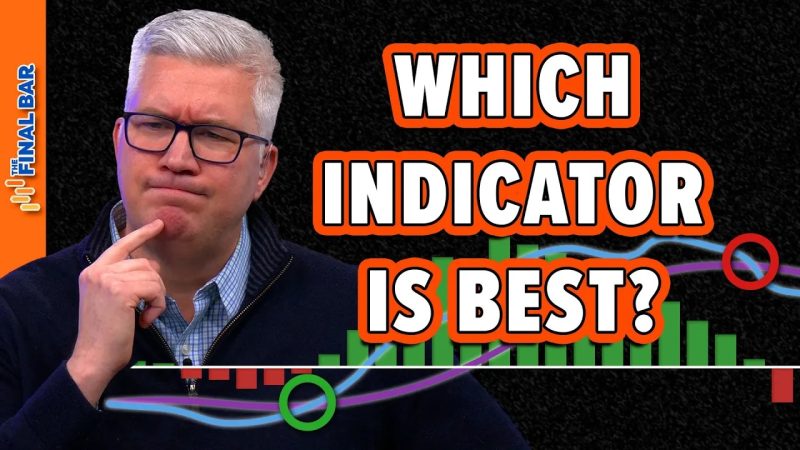When it comes to technical analysis in the stock market, traders and investors have a wide array of indicators to choose from. Among the many indicators available, the Moving Average Convergence Divergence (MACD), Percentage Price Oscillator (PPO), and Price Momentum Oscillator (PMO) are popular choices. Each of these indicators offers unique insights into market trends and can be useful tools for making informed trading decisions. In this article, we will conduct a showdown between the MACD, PPO, and PMO to determine their strengths, weaknesses, and applications in trading.
# Methodology
The MACD indicator is a trend-following momentum indicator that shows the relationship between two moving averages of a security’s price. It consists of the MACD line, signal line, and histogram. The PPO is a variation of the MACD that measures the difference between two moving averages as a percentage. Lastly, the PMO is a momentum oscillator that measures the difference between two price averages and is displayed as a line chart.
# Strengths of the MACD
One of the key strengths of the MACD is its ability to identify changes in momentum and trend direction. Traders often use the crossover of the MACD line and signal line as a buy or sell signal. Additionally, the MACD histogram provides a visual representation of the distance between the MACD line and the signal line, indicating increasing or decreasing momentum.
# Weaknesses of the MACD
While the MACD is a powerful indicator, it can be prone to false signals during choppy or sideways markets. Traders need to be cautious when interpreting signals in such market conditions to avoid whipsaws.
# Applications of the PPO
The PPO is a variation of the MACD that calculates the difference between two moving averages as a percentage. This normalization makes it easier to compare PPO values across different securities. The PPO can be used to identify potential trend changes, much like the MACD, and offers a different perspective on market momentum.
# Strengths of the PMO
The PMO is a price-based momentum oscillator that can provide timely signals for traders. It is particularly useful for identifying overbought and oversold conditions in a security. The PMO’s line chart format allows for easy interpretation of momentum shifts.
# Weaknesses of the PMO
One of the weaknesses of the PMO is that it is derived from price data only, which may limit its ability to capture more nuanced market movements compared to indicators like the MACD and PPO.
# Conclusion
In conclusion, the MACD, PPO, and PMO are valuable tools for technical analysis in the stock market. Each of these indicators has its own strengths and weaknesses, making them suitable for different trading strategies and market conditions. Traders and investors can benefit from understanding how these indicators work and incorporating them into their decision-making process to improve their chances of success in the market.
